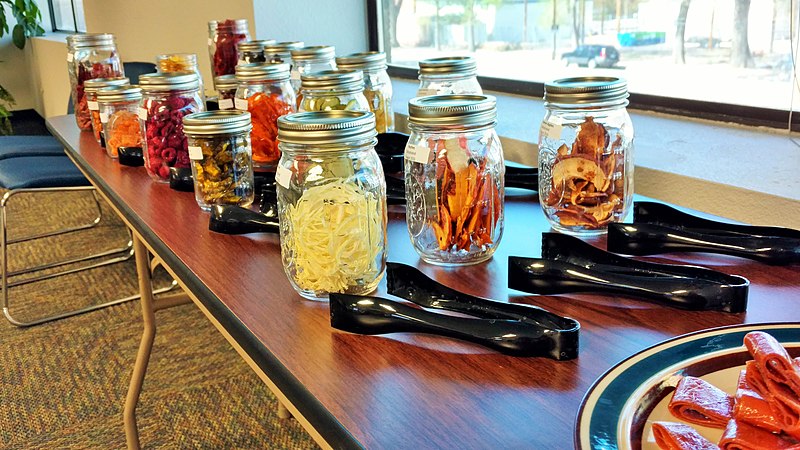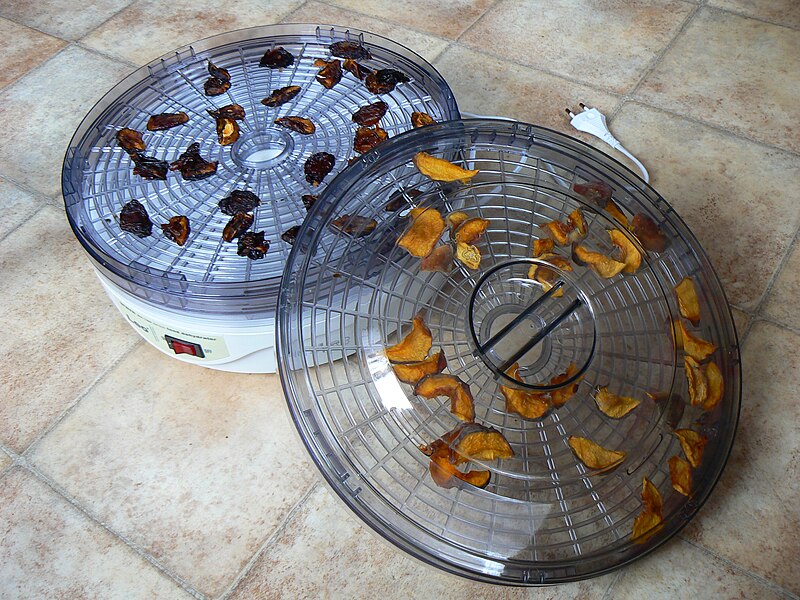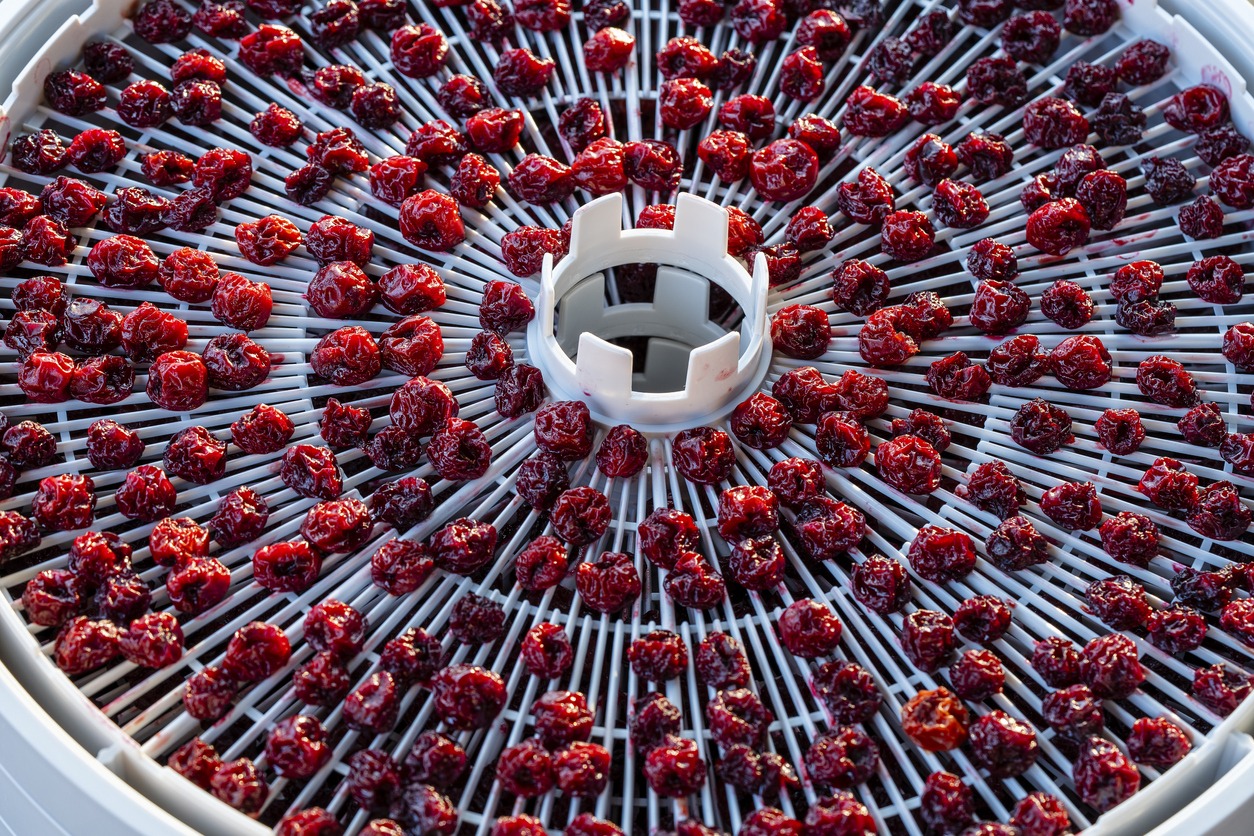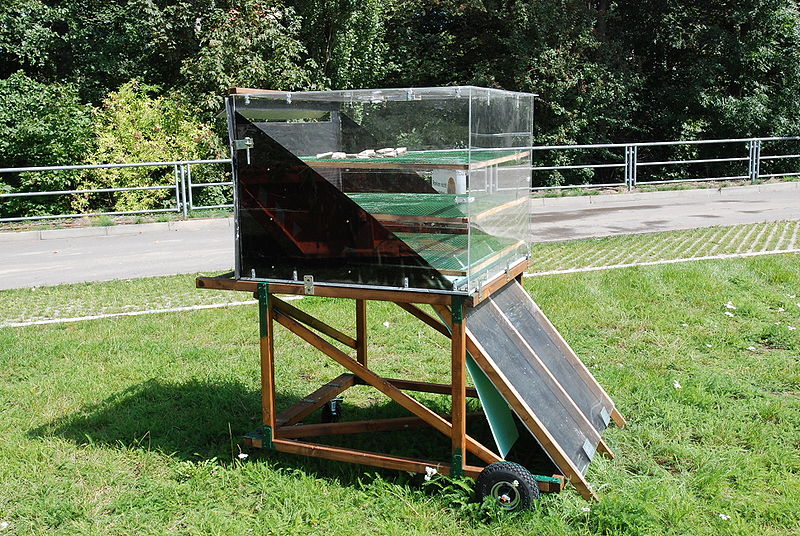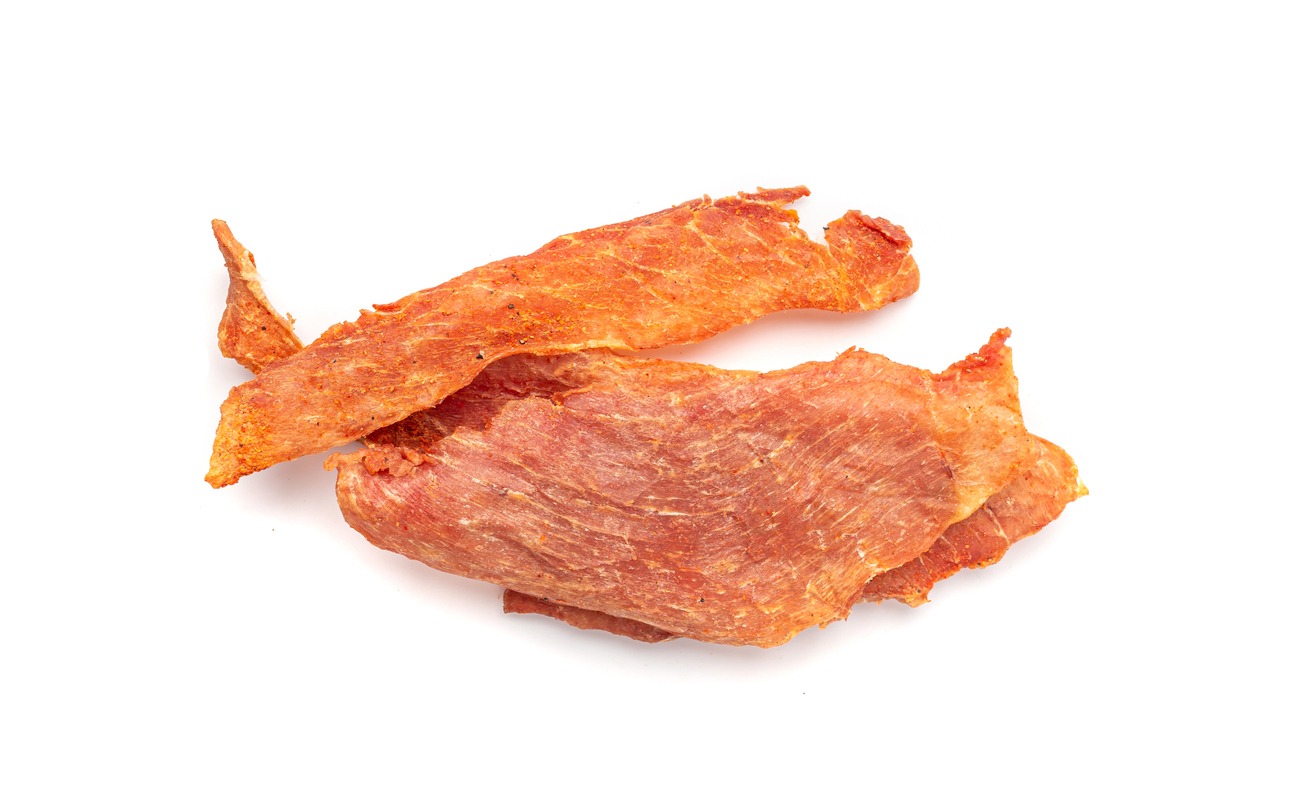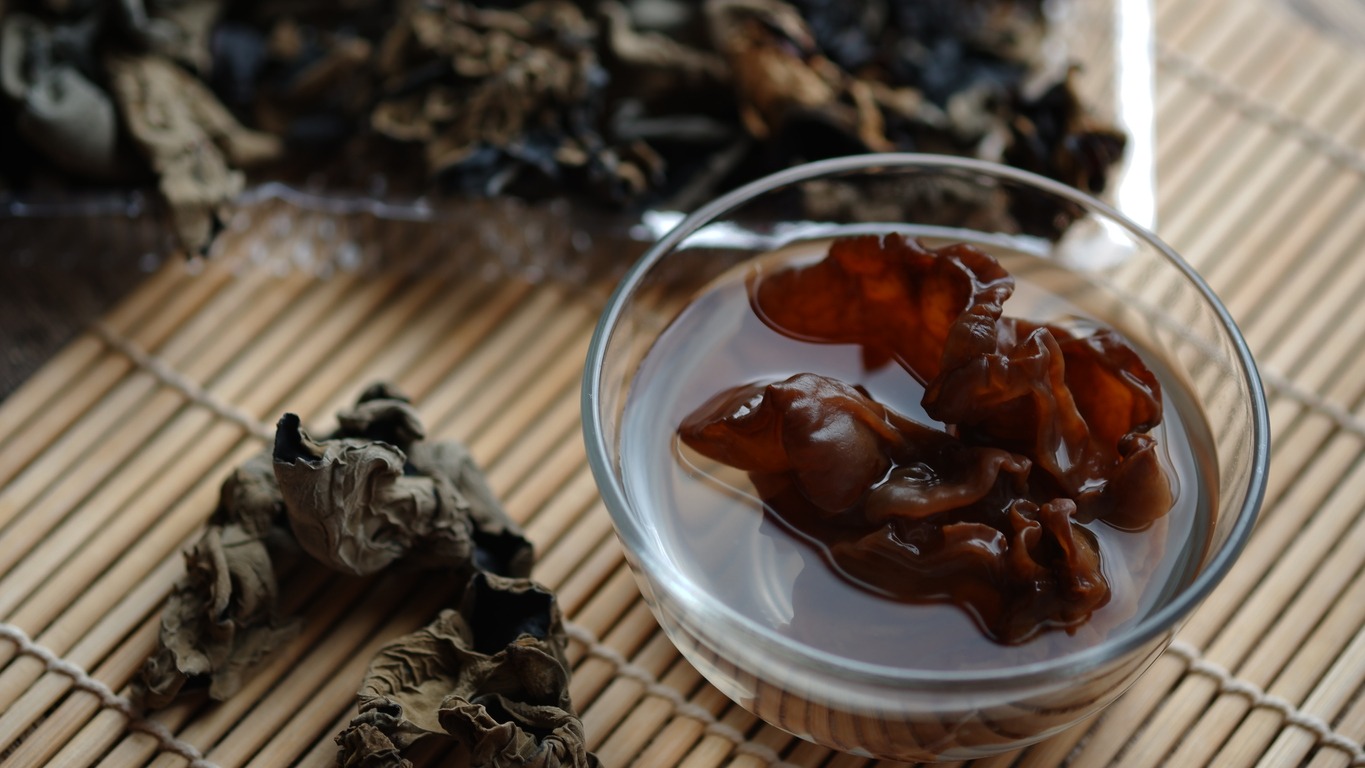Dehydrating food is a process that involves removing moisture from food items to preserve them. This preservation technique not only extends the shelf life of food but also reduces its weight, which is ideal for backpackers and hikers. The absence of water inhibits the growth of microorganisms and slows down the enzymatic processes that cause food to spoil. From a historical perspective, dehydrating food is one of the oldest methods of preservation, tracing back thousands of years, and it continues to be favored for its simplicity and effectiveness.
There are various methods of dehydrating food, including using an electric dehydrator, oven drying, air drying, or sun drying. Each method has its own advantages and applications depending on the type of food and the desired outcome. Electric dehydrators are convenient and can maintain a consistent temperature, which promotes even drying. Oven drying works for those who prefer not to invest in a specialized dehydrator, though it may be less energy-efficient. Sun and air drying are more traditional and use natural elements, but these methods are highly dependent on the climate and weather conditions.
Benefits of dehydrating food include enhanced flavor concentration, reduced storage space, and longer shelf life without the need for chemical preservatives. Dehydrated foods maintain most of their nutritional value, making them a healthy addition to meals. Snacks like dried fruits and jerkies are popular, but dehydrating also applies to vegetables and herbs for use in cooking. Moreover, preparing food through dehydration requires some knowledge of proper techniques, such as pre-treatment and optimal storage conditions, to ensure the best results and maximal longevity of food products.
Understanding Food Dehydration
Food dehydration is the process by which moisture is removed from food, effectively preserving it and providing a range of benefits. It relies on the simple scientific principle of evaporation and has been practiced for millennia.
The Science of Dehydration
Dehydration works by removing water from food, which is essential for the survival of microorganisms that cause spoilage. The dehydration process involves creating an environment where the air has lower humidity than the food, prompting moisture to evaporate. This can be done through several methods such as air drying, sun drying, or using an electric dehydrator. By reducing the water activity in food, the growth of bacteria, yeasts, and molds is inhibited, and thus, the shelf life of food is extended.
Benefits of Dehydrating Food
One of the primary advantages of food dehydration is the preservation aspect. Dehydrating food not only extends its shelf life but also makes it more versatile and lightweight, which is ideal for storage and transport. Furthermore, it can concentrate the flavors, and in some cases, even retain more nutrients compared to foods preserved through other methods. Healthy snack options, such as dried fruits and vegetables, are convenient results of dehydration.
- Preservation: By reducing water content, food is less prone to spoiling.
- Concentrated flavor: Food becomes more flavorful as water removal concentrates its taste.
- Nutrient retention: Some dehydration methods retain more nutrients than other preservation techniques.
Food Preservation and Dehydration
Preservation through dehydration is among the oldest food preservation methods. It maintains the food’s nutritional value reasonably well and provides a way to enjoy out-of-season fruits and vegetables. Dehydration can also help in maximizing storage space since dehydrated products take up less room than their hydrated counterparts and do not require refrigeration. The dehydration process makes nutrients more available and can simplify meal preparation by offering ready-to-use ingredients that rehydrate quickly in cooking.
Types of Foods to Dehydrate
Dehydrating food is a method of preservation that reduces moisture, thereby inhibiting the growth of microorganisms and enzymes. Many types of food can be successfully dehydrated, retaining flavor and nutritional value.
Fruits
- Apples: Slice thinly before dehydrating for a sweet, chewy snack.
- Bananas: Can be sliced and dried until they attain a leathery texture.
- Berries: Strawberries, blueberries, and raspberries are ideal for drying and can be used in cereals or trail mixes.
Vegetables
- Tomatoes: Halve or slice to dry; perfect for soups and sauces once rehydrated.
- Peppers: Both sweet and hot varieties dehydrate well; when powdered, they spice up dishes.
- Carrots: Shredded or sliced, these are great for adding to soups or enjoying as a crunchy snack.
Meats
Meats are typically dehydrated in the form of jerky. Lean cuts are best to prevent spoilage.
- Beef: Trimmed of fat and sliced thin, beef can be seasoned and dried into jerky.
- Poultry: Turkey or chicken strips can also be made into jerky with proper seasoning and dehydration.
Herbs and Spices
- Herbs: Parsley, oregano, and basil dry well for long-term storage and culinary use.
- Spices: Some spices such as chili flakes benefit from drying, intensifying their flavor.
Dehydrating Equipment
The right dehydrating equipment can ensure efficiency and quality in the food preservation process. From electric dehydrators with precise temperature controls to the use of conventional ovens for drying food, choices vary to cater to different needs and preferences.
Choosing a Dehydrator
Electric dehydrators are the go-to equipment for many due to their dedicated features for dehydration. They come with stackable dehydrator trays, allowing for a considerable quantity of food to be dried simultaneously.
- Capacity: Typically, more trays equate to more space for dehydration projects.
- Temperature Control: Look for models that provide adjustable settings to ensure various food types dry at their optimal temperatures.
- Ease of Cleaning: Removable trays and dishwasher-safe parts are practical for regular use.
Using Your Oven
An oven can be a useful tool for dehydration, especially if one does not wish to invest in a dedicated electric dehydrator. To use an oven as a dehydrator:
- Set it at the lowest possible temperature, ideally not exceeding 200°F (93°C).
- Keep the oven door slightly open to allow moisture to escape and ensure good air circulation.
Typically, oven racks can be utilized as dehydrator trays, although one should rotate them occasionally to promote even drying.
Alternative Dehydrating Methods
When electric or oven dehydration is not an option, alternative methods like solar dehydrators utilize the sun’s natural heat to dry food effectively.
- Solar Dehydrators: These can be either purchased or DIY-built and are ideal in sunny climates.
- Air Drying: This method works for herbs and lean meats but is dependent on a warm, dry, and breezy environment to be effective.
Each method and device has its own set of procedures and considerations, ensuring the dehydration process is tailored to the food being preserved and the resources available.
The Dehydrating Process
Dehydrating food is a preservation technique that significantly reduces water content in food, inhibiting the growth of microorganisms. The process involves controlled heat and air flow, with the crucial considerations being preparation, temperature, timing, and storage protocols.
Preparing Your Food for Dehydration
Before dehydrating, it’s essential to select fresh, high-quality food and prepare it properly. Food should be washed, and if necessary, blanched to destroy enzymes that may cause spoilage. Slicing food into uniform thickness ensures even drying; thinner slices typically dry faster. Vegetables and fruits are commonly prepared for dehydration as they have high water content.
Dehydrating Time and Temperature
The dehydration time and temperature depend on the type of food being dehydrated. An electric dehydrator often provides specific guidelines. As a general rule, foods should be dehydrated between 125°F and 135°F. Leafy greens require less time, while meat, due to its density, requires more. Fruits and vegetables can take anywhere from 4 to 12 hours or more.
Testing For Adequate Dehydration
To ensure food is adequately dehydrated, perform a simple test. Cool a piece of the food and check for any signs of moisture or stickiness. For fruits, a leathery but pliable texture is ideal, while vegetables should be brittle. Meats should be tough with no signs of moisture. If there’s any doubt, it’s better to continue dehydrating for a bit longer to prevent the risk of mold.
Storing Dehydrated Foods
Proper food storage is critical following dehydration. Use airtight containers or vacuum-sealed bags to protect dehydrated food from moisture and air. Label containers with the date of dehydration. Depending on the type of food, some should be used within a few weeks, while others can last for several months. For long-term storage, freezing dehydrated food can extend its shelf life.
Rehydrating and Using Dehydrated Foods
Dehydrated foods offer versatility and convenience. To utilize them, proper rehydration is key, and their uses extend to various recipes, enhancing flavors and nutrition in meals like soups and stews.
How to Rehydrate Foods
To rehydrate foods, one must soak the dehydrated produce in water. The amount of water and time can vary based on the food’s density. For instance, fruit leather requires less time and water compared to thicker slices of dehydrated vegetables. Typically, warm water accelerates the process, but some items like mushrooms rehydrate well in cold or hot water. A basic guideline is to use equal parts of dehydrated food and water and then adjust as necessary. Sometimes, additional liquid might be added to achieve the desired texture, especially when preparing food for recipes like oatmeal where a softer consistency is preferred.
- Submerge the dehydrated food in water.
- Allow it to sit until fully rehydrated (usually around 15-30 minutes).
- Drain any excess liquid.
Culinary Uses for Dehydrated Foods
Once foods are rehydrated, they are ready for culinary use. Dehydrated vegetables and meats are perfect for soups and stews, adding richness and depth of flavor. They can also be incorporated into recipes that call for fresh ingredients, with slight adjustments for liquid content. Dehydrated fruits work well in baking, as a topping for cereals and oatmeal, or eaten as-is for a concentrated burst of flavor and energy. Chefs utilize these foods for their intensified taste and texture, which can elevate a dish from simple to spectacular.
- Soups and Stews: Add rehydrated vegetables and meats during the cooking process.
- Oatmeal: Mix in rehydrated fruits for natural sweetness.
- Baked Goods: Incorporate rehydrated fruits into the batter for added moisture.
Nutritional Considerations
When dehydrating food, it’s important to understand how the process affects nutritional content, including vitamins and minerals, fat and protein content, and the caloric density of the food.
Vitamins and Minerals
Dehydration can cause a reduction in certain vitamins, especially water-soluble ones like vitamin C and some B vitamins. However, minerals like sodium, potassium, and magnesium generally remain intact. It’s worth noting that dehydrated foods can deliver a concentrated source of vitamins and minerals due to the removal of water.
- Vitamin A: Retained well, especially in orange-hued vegetables like carrots
- Vitamin C: Loss can occur, protect by blanching or adding ascorbic acid before dehydrating
- B Vitamins: Some loss possible, blanching can help retain
- Fiber: Undiminished, making dehydrated fruits and vegetables fiber-rich snacks
Table: Affect of Dehydration on Key Vitamins and Minerals
| Nutrient | Effect of Dehydration |
|---|---|
| Vitamin A | Little to no loss |
| Vitamin C | Loss possible, can be mitigated |
| B Vitamins | Some loss, varies by processing |
| Fiber | No loss |
| Minerals | Generally well-retained |
Fat and Protein Content
Fat content does not significantly change through the dehydration process. However, it’s important to note that fat can cause foods to go rancid more quickly, which may affect storage life. Protein remains stable during dehydration, making dehydrated meats and legumes valuable for their preserved protein content.
- Stability: Fats and proteins are stable but high-fat foods have shorter shelf life
- Consideration: Opt for lean cuts when dehydrating meats
Caloric Density
Dehydrating food increases caloric density, meaning more calories are present in a smaller volume of food. This is ideal for high-energy needs situations such as hiking. However, one should be cautious with portion sizes, as it’s easy to consume more calories than intended.
- Increased Caloric Density: Smaller portions carry more calories
- Mindful Eating: Important to consider when managing calorie intake
Dehydrating for Specific Diets
Dehydrating food can cater to a variety of dietary needs, providing nutritious snacks with controlled levels of sugar, sodium, and fat. It allows the customization of food to align with the caloric and macronutrient requirements of different diets.
Vegetarian and Vegan
For vegetarians and vegans, dehydrated foods offer a bounty of nutrition without compromising their dietary ethics. Dehydrating fruits and vegetables preserves the vitamins and minerals and provides an alternative to processed snacks. Leafy greens and fruits, when dehydrated, retain much of their nutritional value which includes:
- Iron
- Vitamins such as Vitamin C and Vitamin A
- Fiber
These nutrients are essential for a plant-based diet, where diversity in food sources is key.
Low-Sodium and Sugar-Free
Individuals adhering to low-sodium or sugar-free diets can benefit greatly from dehydrating their own foods. By controlling the dehydrating process, they can ensure:
- No added sodium or sugar
- Decreased caloric density, ideal for weight management
Foods that naturally contain low levels of sodium, such as zucchini and apples, become healthful snacks after dehydration, with no risk of additional sodium that often comes with store-bought alternatives.
High-Protein and Keto
Those on high-protein or ketogenic diets can leverage dehydrating to prepare protein-rich and low-carb foods. Meats such as beef or turkey can be turned into jerky, a snack high in protein and low in fat—especially if lean cuts are chosen. The dehydrating process reduces:
- Excess fat, cutting down on unwanted calories
- Carbohydrate content, making it suitable for a keto lifestyle
By preparing their own dehydrated meats, individuals can ensure their snacks fit within the dietary limitations of high-protein and ketogenic diets.
Tips and Tricks
To ensure high-quality results when dehydrating food, one must focus on enhancing flavor, conserving energy, and adhering to food safety guidelines.
Getting the Most Flavor
When dehydrating food, the goal is to concentrate the natural flavors. Fruits should be picked at peak ripeness for optimal sweetness and aroma. Meats need to be marinated or seasoned before dehydration to enhance their savoriness. Vegetables may benefit from a slight blanching to lock in both flavor and color. Uniformity in slicing helps to ensure even drying and consistency in taste.
Conserving Energy
The dehydration process is most energy-efficient when the dehydrator is full, but not overloaded. To conserve energy:
- Dehydrate similar foods together: Match foods with similar drying times.
- Stagger drying times: Start with foods needing longer drying times, adding quicker-drying items later.
- Maintenance: Keep the dehydrator clean and the fan unobstructed to maintain airflow efficiency.
Using a dehydrator with a thermostat: helps regulate the necessary temperature without wasting energy.
Safe Food Handling
Safe food handling is vital in preventing the growth of bacteria. Before the dehydration process, one should:
- Wash hands thoroughly: before handling foods to prevent contamination.
- Clean all surfaces and tools: This includes cutting boards, knives, and containers.
- Use proper temperatures: Meats, in particular, should be heated to a sufficient temperature before drying to kill any bacteria.
After dehydration, foods should be stored in a cool, dark place. If long-term storage is desired, vacuum sealing with proper refrigeration can extend shelf life and prevent bacterial growth.
Dehydrated Food in Outdoor Adventures
Dehydrated food has become a staple for outdoor enthusiasts. It provides a convenient and efficient way to carry nutritious meals without the added weight, making it ideal for backpacking and camping trips.
Preparing Backpacking Meals
Backpacking requires careful planning, especially when it comes to meals. Dehydrated food offers a variety of options, from fruits and vegetables to full entrees. To prepare these meals, individuals simply add water, which rehydrates the food and makes it ready to eat. This method of preparation is not only lightweight but also time-saving, allowing more time for exploring the great outdoors.
Benefits of Lightweight Foods
The benefits of carrying lightweight foods are twofold: they reduce the overall pack weight and minimize space taken.
- Weight Reduction: Dehydrated meals are significantly lighter than their fresh counterparts, as removing water content decreases weight.
- Space Saving: They also take up less space, as dehydrating food compresses it considerably.
For backpackers, this means they can travel farther and more comfortably. For campers, this provides the convenience of having a variety of meal options without overburdening their pack or storage compartments.
Comparison with Other Preservation Methods
While there are numerous food preservation methods, each with its own advantages, dehydrating food is often favored by the outdoor community due to its preservation of taste and nutrients.
- Dehydrating vs. Canning: Canning provides long shelf life but results in heavy and bulky containers, making it impractical for long treks.
- Dehydrating vs. Freeze-drying: Both methods are effective; however, dehydrating typically takes longer but can be done with more basic equipment compared to freeze-drying.
Dehydrating is a time-tested method that balances the need for lightweight, convenient, and nutritious food options while engaging in outdoor adventures.
Creative Dehydrating Ideas
Exploring creative dehydrating ideas opens up a world of possibilities for both delicious homemade snacks and unique crafting projects. Utilizing a dehydrator can transform simple ingredients into long-lasting and flavorful items.
Homemade Snacks
One can embark on the creation of a wide variety of dehydrated snacks that are perfect for on-the-go nutrition or tasty treats at home. Snacks like jerky, made from lean cuts of beef or turkey, can be seasoned and dehydrated to create a protein-rich snack. Recipes for fruit leathers provide a sweet option; pureed fruits spread thinly and dehydrated result in chewy, natural fruit strips.
- Jerky
- Choose lean meats
- Marinate with desired flavors
- Dehydrate at 160°F for 6-8 hours
- Fruit Leathers
- Puree ripe fruits with honey or sugar
- Spread evenly on dehydrator trays
- Dehydrate at 140°F until leathery
Crafting with Dehydrated Foods
Dehydrated foods aren’t just for eating—they can also be used in crafts. For a rustic touch, one can create decorative garlands using slices of dehydrated citrus fruits or embed dehydrated slices into homemade candles for a subtle scent and aesthetic flair.
- Citrus Garlands
- Dehydrate thin slices of lemon, lime, or orange
- String them together with twine
- Candle Embeds
- Dehydrate thin slices of apples or oranges
- Place them into candles before the wax sets
The Role of Dehydrated Foods in Food Security
Dehydrated foods contribute significantly to food security by extending the shelf life of perishable items and minimizing food waste. They provide a smart solution for maintaining a supply of nutritious foods year-round.
Long-Term Storage
Dehydrated foods offer an effective means of long-term storage due to their low moisture content, which inhibits the growth of microorganisms that spoil food. Items such as fruits, vegetables, and meats can be preserved for months, if not years, when dehydrated correctly. For example, dried beans and legumes can be stored in mason jars or airtight containers in the pantry, remaining edible for an extended period and serving as readily available staples.
Reducing Food Waste
The process of dehydrating food also plays a crucial role in reducing food waste. Instead of discarding produce that is nearing the end of its fresh shelf life, individuals can dehydrate such items to prevent spoilage. By removing water from food, the risk of mold and bacterial growth is significantly reduced. Additionally, dehydrated foods, because of their reduced weight and volume, demand less food storage space, which is especially valuable in regions with limited refrigeration capabilities. This, in turn, leads to a more efficient and waste-free food management system.
Frequently Asked Questions
This section addresses some of the most common inquiries individuals have when it comes to dehydrating food, offering guidance on best practices, suitable foods, and how to incorporate dehydrated ingredients into meals.
What are the best practices for dehydrating food at home?
The key to successful dehydration at home is consistent heat and air flow. It’s important to cut food into uniform pieces for even drying and to place them in a single layer on the drying trays. The food should be periodically checked and rotated if necessary to ensure proper dehydration.
Which foods are ideal for dehydration for long-term storage?
Foods high in sugar and low in moisture, like fruits, vegetables, and herbs, are ideal for dehydration and long-term storage. They should be fully dehydrated and stored in air-tight containers to prevent spoilage and extend shelf life.
Can you provide tips for dehydrating fruits, including times and temperatures?
When dehydrating fruits, it’s crucial to pre-treat them with citric acid or lemon juice to preserve color and flavor. Typical drying times range from 4 to 12 hours at temperatures between 125°F to 135°F (52°C to 57°C), depending on the fruit’s thickness and moisture content.
What are the main benefits of dehydrating food?
Dehydration preserves food by removing moisture that bacteria and mold need to grow. This process extends the shelf life of food, reduces storage space, and can lock in nutritional content. It’s also an energy-efficient way of food preservation.
How can one effectively use dehydrated foods in recipes?
Dehydrated foods can be rehydrated by soaking in water or cooking directly in soups and stews. They are also great for adding to snack mixes, granola, and baking recipes for a concentrated flavor boost.
What are the common disadvantages or drawbacks of food dehydration?
One drawback is the time investment; dehydration can take several hours. Nutrient loss, especially vitamin C and some B vitamins, can occur during the process. Dehydrated foods can also undergo texture and flavor changes that may not be preferable for some dishes.

